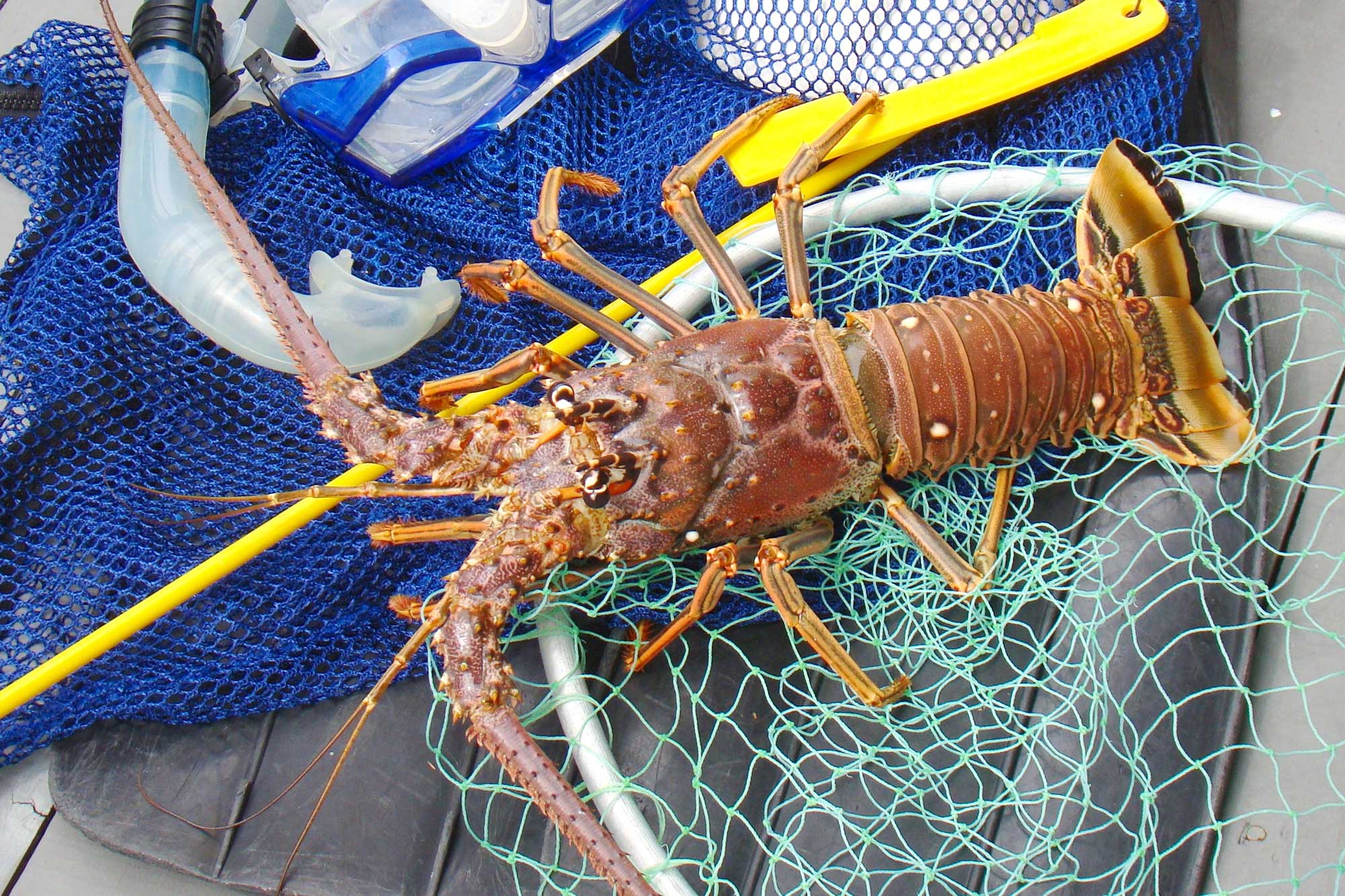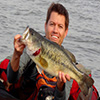
While they do not have claws, the meat in spiny lobster tails is valued by seafood enthusiasts all across the globe due to its soft texture and satisfying taste. This makes these crustaceans a prized catch, one that can be found all across the Caribbean and in the state of Florida. Adding to the good news is just how simple it is to catch these shellfish. All you have to do is follow a simple set of steps.
- Learn the way that lobsters move: These shellfish are not the quickest of creatures, at least, not when they are moving forward. The lobster walks very slowly when it goes forward. However, these sea animals are very quick when they move backward. When frightened from in front, a lobster will flex its tail and jet back faster than you will be able to catch it.
- Become familiar with their instincts: Given the fact that lobsters scare easily and can jet backward, a fisherman should not approach the shellfish from the front. The animal’s instinct to flee, and its ability to do so quickly makes it difficult to catch, unless you get near it from behind.
- Use their tendencies to your advantage: Knowing that a lobster will shoot backward if startled, the best thing a sportsman can do is tap lightly on the head of the creature and place the net directly behind it. Then, the moment the crustacean instinctively jets back into the net, you have to close the material as best you can. If you do not, the lobster will continue to flex its tail and push back until it wriggles free.
- Know how to coerce them from their hiding places: Just as they will be quick to flee, spiny lobsters in Florida are also quick to hide. If there is a rock nearby, these creatures will not hesitate to hide underneath or inside a formation of rocks. In these cases, you must be prepared with a tickle stick. You can slide this stick behind the lobster to try and coax it out of hiding. If not, you can tap it on the tail for added incentive. Once it does begin to walk forward, guide it into the net.
The Importance of Measuring Your Catch
It is important to keep in mind that not all lobsters can be taken from the sea. Only those that are more than three inches from the eyes to the end of the carapace (right before the tail begins) can be taken. Fortunately, the process for determining which lobsters can be legally removed is simple. Fishermen should be outfitted with a specific gauge that they can place above a lobster in order to see whether or not it meets the size requirements. If the crustacean is too small in this regard (less than three inches from the eyes to the end of the carapace), then it must be released back into the water.




